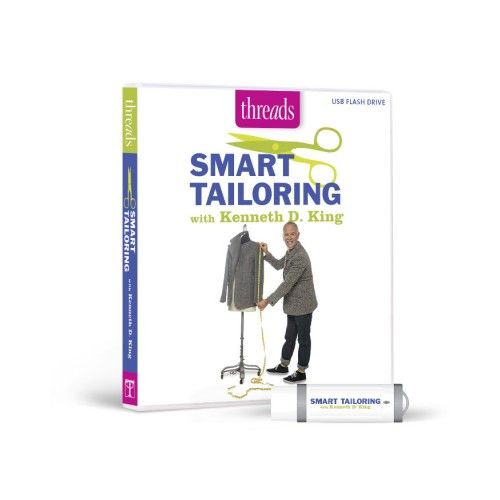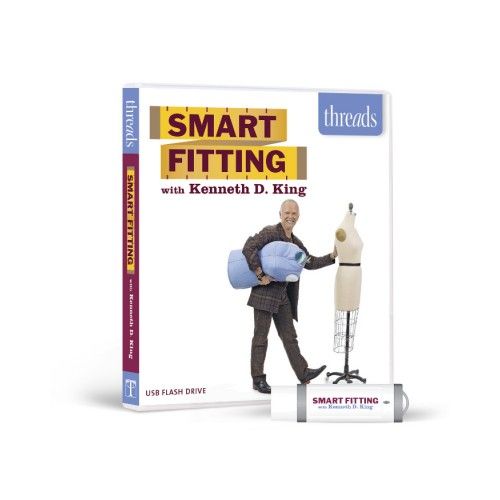I’m sewing with minke for the first time. My pattern for a bathrobe with a round yoke and buttons down the front calls for interfacing in the yoke and front facing. I can easily reinforce the buttonholes, so I’m not worried about interfacing the front facing, but what do I do about the yoke? My fabric is a lighter weight patterned minke & the yoke is completely self-faced. Does anyone have any experience with this? Will the self-facing be enough? If not, how do you interface a fleece?
Conversational Threads
Threads Insider
Get instant access to hundreds of videos, tutorials, projects, and more.
Start Your Free TrialAlready an Insider? Log in
Conversational Threads
Highlights
-
Sign up for the Threads eletter
This site is protected by reCAPTCHA and the Google Privacy Policy and Terms of Service apply.See all newsletters -
 Sponsored Content
Sponsored Content
Where to Buy
-

-

-

-
























Replies
I have sewn a lot of fleece things (bathrobes, jackets, tops, pants, hats) and I never use interfacing. On one occasion, I used self fabric to make a standup collar stand up a bit more on a very lightweight fleece.
I just checked out Patricia Cornwall's two volumes on Polar Fleece. She makes no mention of interfacing.
I am wondering whether interfacing of other than fleece material will reduce the insulation effect of fleece
I had checked Nancy Cornwell's books on polarfleece, but since I found nothing on interfacing, I wasn't sure. The concensus seems to be not to interface. Thanks for your input.
Thank you for sharing your experience; what you say makes sense. I'll go ahead with just the self-facing and see how it turns out.
I don't think interfacing is necessary, but I've done it on a fleece jacket and like the slightly more straight and stable edge that it provides for the front opening. Plus, then I didn't have to line up stabilizer for the button holes; it was already there. I used light or medium weight iron on interfacing (pressing the back of the interfacing lightly with a very low iron).
After I cut the button holes open with a chisel, I used a little matching permanent marker to color the edges of the interfacing so that they didn't contrast with the fleece.
That jacket has held up much longer than the non-interfaced ones, perhaps because of the extra support in the collar and front edges.
You've given me something to think about. I was all set to begin sewing on my bathrobe today & not interface it, but I decided to work on the decorative stitching my daughter wants on her jean skirt instead & think some more about the interfacing issue. I'm really thankful for your input.
This post is archived.